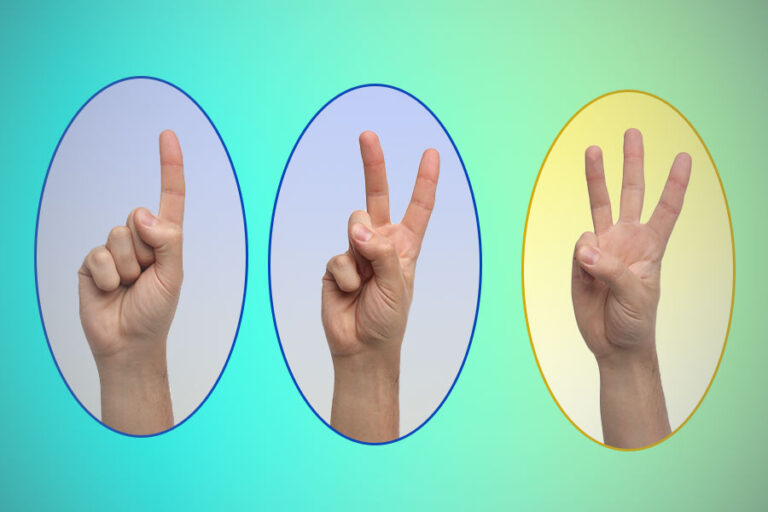
Repetition be useful, but when something repeats over and over and over and over and over again, it becomes an obstacle to progression. This is where the rule of three can help keep things moving forward.
The rule of three works like this: The first occurrence introduces something, the second occurrence establishes a pattern, and the third occurrence introduces change. When you find yourself in a repetitive loop that impedes progression, allow something to change when the third repetition rolls around.
This concept is important to remember if you find yourself repeating an action to buy time while you figure out what comes next. If this happens, on the third repetition, make a change in your emotional state, then justify why.
The jeweler opens a box of semi-precious gems. He picks out one, inspects it, and sets it aside. He pulls another from the box, looks at it, and sets it down with the first. As he reaches for the box again, the player realizes that this is the third repetition of the same action. He holds up the gem and gasps as his eyes widen. “Impossible. The Sunrise Ruby?!”
Another time when the rule of three can help is when spects need something that you are withholding, whether it’s information, permission, or an object. Resistance makes spects work to earn what they want, but too much resistance becomes frustrating. On the third repetition, allow spects to get what they want. This is the tool of No, no, yes.
While no technique is ever a hard-and-fast rule, the rule of three is a good guideline. It allows resistance without obstructing the progression that is essential to good story.
Updated: August 22, 2024






